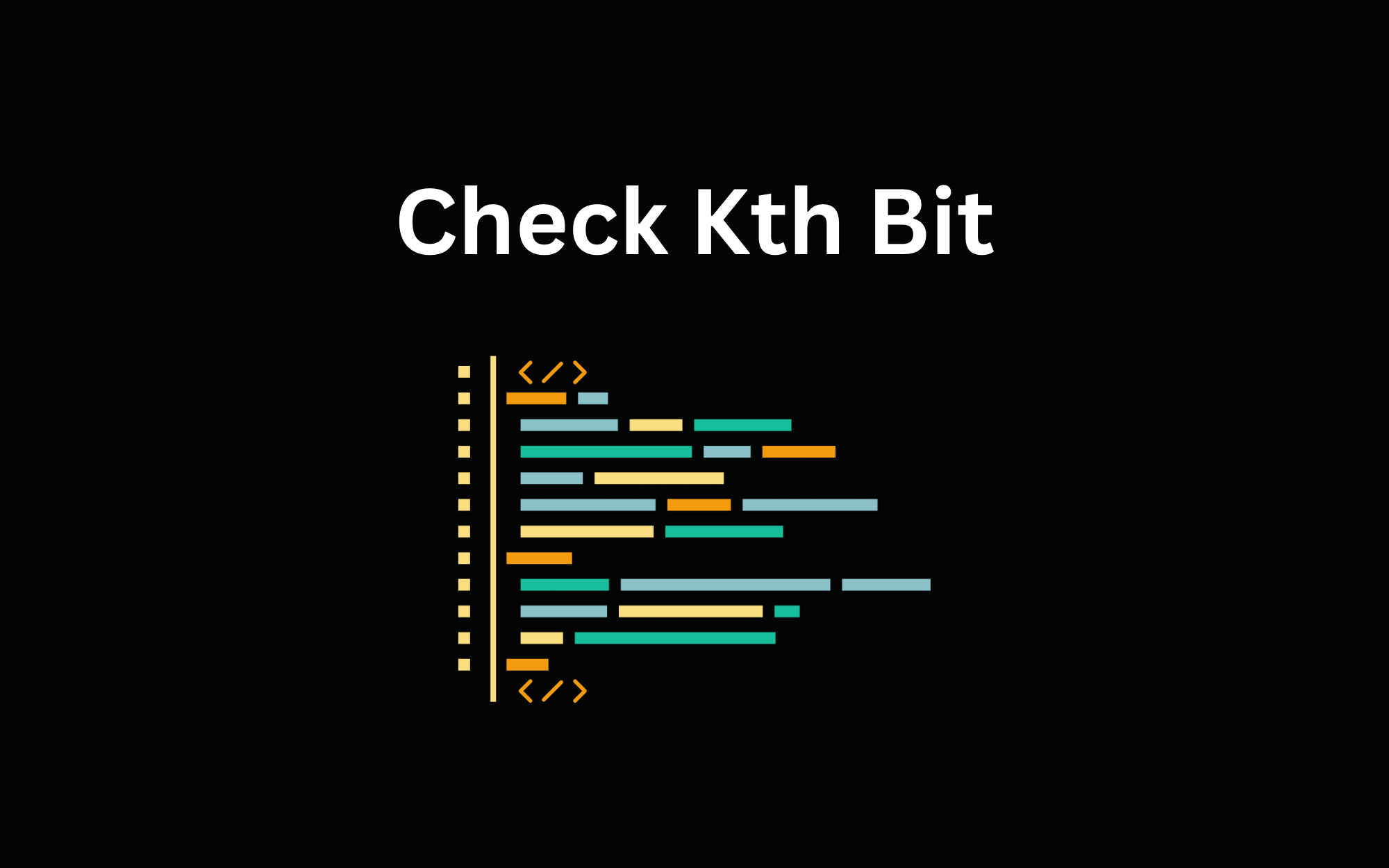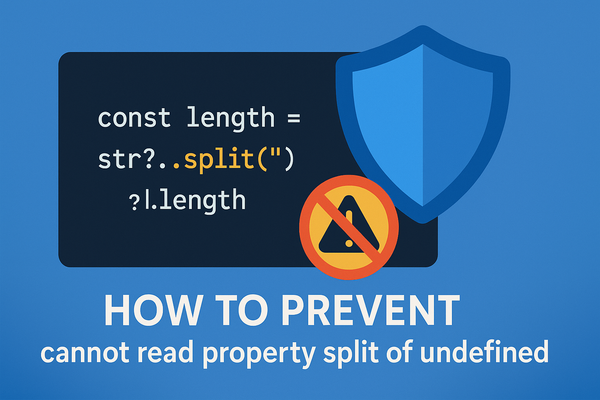Check Kth bit either '1' or '0'
Check Kth bit either '1' or '0'

The kth bit is set or not is a classic bit manipulation problem that helps you understand the bit-level operations done by a computer.
Overview
We try to find a bit in the binary representation of a number at the kth position and check if it is set/unset.
Problem Statement
Given two positive integers (n and k) we check whether the bit at position k, from the right in the binary representation of n, is set 1 or unset 0.
Example 1:
Input: n = 5, k = 1
Output: trueExample 2:
Input: n = 10, k = 2
Output: trueExample 3:
Input: n = 10, k = 1
Output: falseCode
if(n == 0) return;
k = 1
while(true) {
if((n & (1 << (k - 1))) == 0)
increment k
else {
return k
}
}Complexity analysis
Time Complexity:O(1) This always remains constant, as we are dealing with the bit representation of the decimals or ASCII. They are represented by either 32 or 64 bit.
Space Complexity: O(1) because we are not using any extra space in our code.
Optimal solution (refactored)
class CheckKthBitSetOrNot {
private static boolean checkKthBitSet(int n, int k) {
return (n & (1 << (k - 1))) != 0;
}
public static void main(String[] args) {
System.out.println("n = 5, k = 3 : " + checkKthBitSet(5, 3));
System.out.println("------------");
System.out.println("n = 10, k = 2 : " + checkKthBitSet(10, 2));
System.out.println("------------");
System.out.println("n = 10, k = 1 : " + checkKthBitSet(10, 1));
}
}Explanation:
We used the left shift operation to shift the bits to the kth position and then use the & operation with number 1, and check if it is not-equals to 0.
Let’s see these in 32-bit binary representation
Case 1:
Input n = 5, k = 3
n = 5 = 00000000 00000000 00000000 00000101
1 = 1 = 00000000 00000000 00000000 00000001
k = 3 = 00000000 00000000 00000000 00000011
(k - 1) = 2 = 00000000 00000000 00000000 00000010Now we’ll shift 1 with (k - 1) positions. We are shifting the number 1 two-bit positions to the left side.
(1 << (k - 1)) = 4 = 00000000 00000000 00000000 00000100Now, doing the & operation of n and (1 << (k - 1)) will give us a decimal number. If that is not equal to 0, then the bit is set, and we return true.
n = 5 = 00000000 00000000 00000000 00000101
(1 << (k - 1)) = 4 = 00000000 00000000 00000000 00000100
-------------------------------------------------------------
n & (1 << (k - 1)) = 4 = 00000000 00000000 00000000 00000100
-------------------------------------------------------------So, n & (1 << (k - 1)) = 4, which is not 0, so we return true.
Complexity analysis
Time Complexity: O(1) This is constant, as we are dealing with the bit representation of the decimals or ASCII. They are represented in either 32 bit or 64 bit.
Space Complexity: O(1) because we are not using any extra space in our code. We can solve this problem using the right shift as well. We will see how to solve the same problem using the >> operator in the next chapter.




